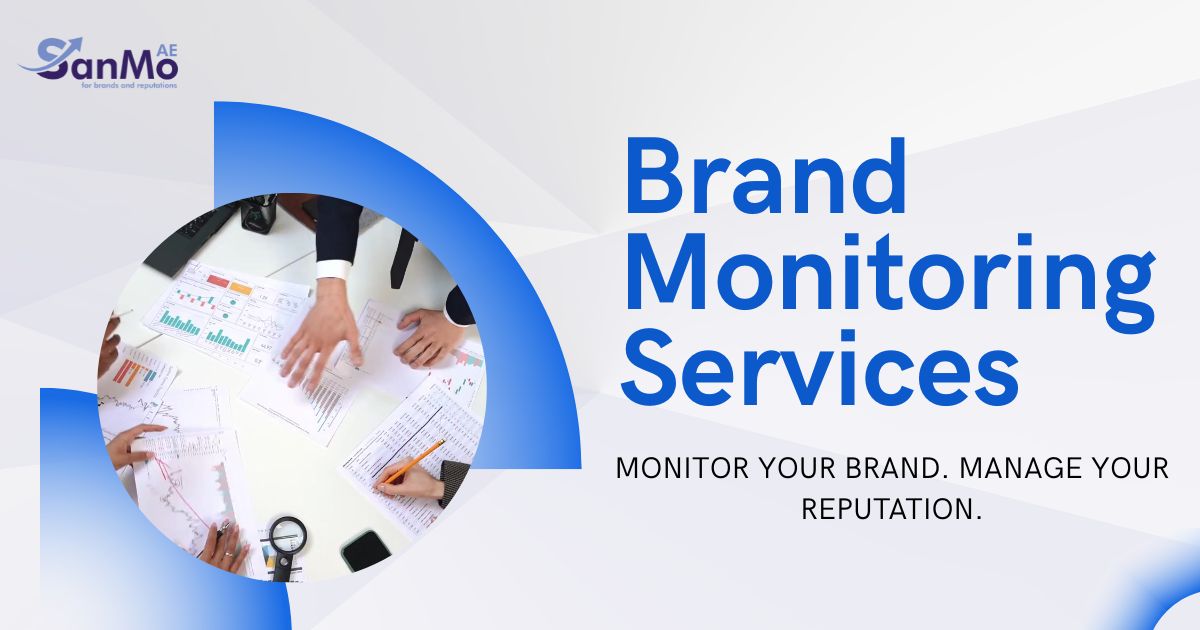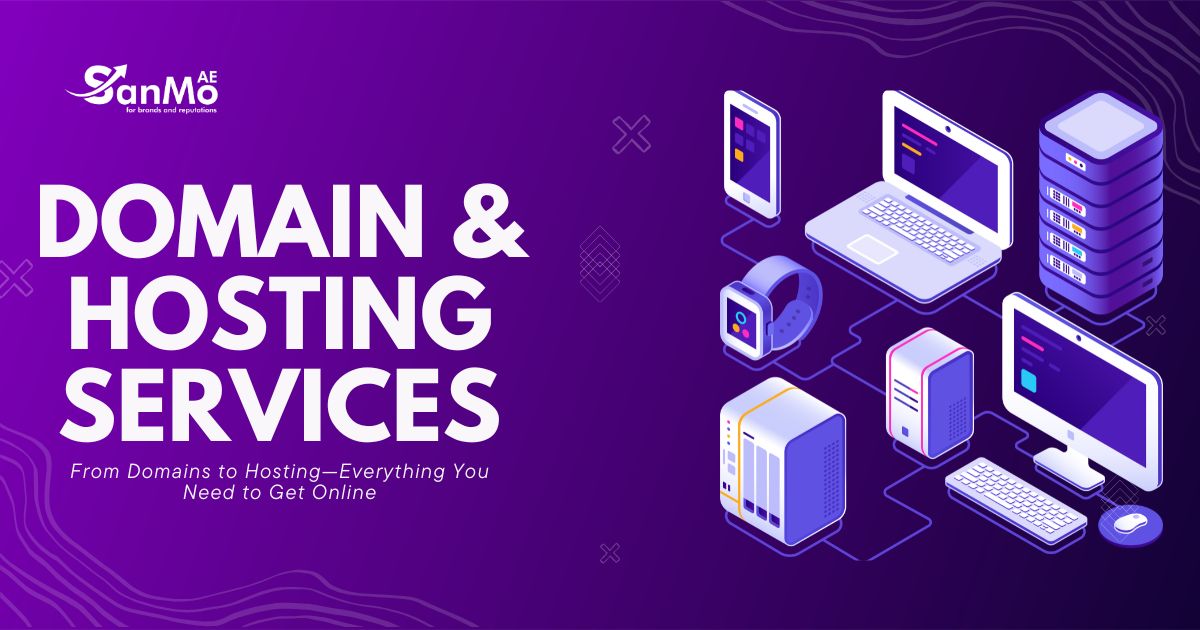Email marketing consistently delivers one of the highest returns on investment of any digital channel. For every dollar spent, the average return is a staggering $36. Yet, many businesses struggle to harness their full potential, sending emails that get lost in crowded inboxes or fail to convert. The difference between a thriving email campaign and a forgotten one often comes down to strategy.
A successful approach goes beyond simply sending out newsletters. It involves understanding your audience, crafting compelling messages, and building genuine relationships over time. This post will explore the core strategies that can transform your email marketing efforts from a routine task into a powerful engine for business growth. By focusing on these fundamental principles, you can create campaigns that not only capture attention but also drive meaningful results.
Defining Your Email Marketing Goals
Before you send your first email, it’s crucial to define what you want to achieve. Without clear objectives, it’s impossible to measure success or refine your approach. Your goals will shape every aspect of your email marketing strategy, from the content you create to the audience you target.
Common email marketing goals include:
- Driving Sales: This is a primary objective for many e-commerce and B2B companies. Emails can promote new products, announce sales, or offer exclusive discounts to encourage purchases.
- Generating Leads: For businesses with a longer sales cycle, email marketing is an excellent tool for nurturing potential customers. You can offer valuable content like white papers, webinars, or case studies in exchange for contact information, moving prospects further down the sales funnel.
- Increasing Brand Awareness: Consistent, high-quality emails help keep your brand top-of-mind. By sharing your company’s story, values, and expertise, you can build a memorable brand identity that resonates with your audience.
- Improving Customer Retention: It’s often more cost-effective to retain existing customers than to acquire new ones. Use email to foster loyalty through personalized content, special offers for repeat customers, and requests for feedback.
- Driving Website Traffic: If your goal is to increase visitors to your blog or website, email can be a powerful driver. Share snippets of your latest articles or highlight valuable resources to entice subscribers to click through.
Once you have established your primary goals, you can identify the key performance indicators (KPIs) to track your progress. These might include open rates, click-through rates, conversion rates, and list growth rate.
Building and Segmenting Your Email List
The foundation of any successful email marketing program is a healthy, engaged list of subscribers. While it might be tempting to buy an email list, this approach is often ineffective and can harm your sender reputation. The most valuable lists are built organically with people who have explicitly opted in to receive your communications.
Here are some effective ways to grow your email list:
- Website Opt-in Forms: Place clear and compelling sign-up forms on your website, particularly on your homepage, blog, and contact page.
- Lead Magnets: Offer a valuable piece of content, like a free e-book, checklist, or template, in exchange for an email address. This provides an immediate incentive for people to subscribe.
- Social Media: Promote your newsletter on your social media channels and include a link to your sign-up page in your profiles.
- Events and Webinars: Collect email addresses during registration for online or in-person events.
Once you start building your list, the next critical step is segmentation. Not all subscribers are the same, and sending the same message to everyone can lead to disengagement. Segmentation involves dividing your audience into smaller groups based on shared characteristics. This allows you to send more relevant, personalized content that speaks directly to their needs and interests.
You can segment your list based on:
- Demographics: Age, gender, location, and job title.
- Purchase History: What they’ve bought, how frequently they buy, and how much they’ve spent.
- Website Behavior: Pages they’ve visited, content they’ve downloaded, or items they’ve abandoned in their cart.
- Engagement Level: How often they open your emails or click on your links.
By segmenting your list, you can create targeted campaigns that result in higher open rates, increased click-through rates, and ultimately, a better return on your email marketing investment.
Crafting Content That Converts
Your content is the heart of your email marketing strategy. Even with a perfectly segmented list and well-defined goals, your efforts will fall flat if your emails aren’t engaging and valuable. Every email you send should have a clear purpose and provide a reason for your subscribers to open it.
Personalization is Paramount
Personalization goes beyond simply using a subscriber’s first name in the subject line. True personalization involves using the data you’ve collected to deliver content that is highly relevant to the individual. This could mean sending product recommendations based on past purchases, sharing articles related to topics they’ve shown interest in, or sending a special offer on their birthday.
The Power of the Subject Line
Your subject line is your first—and sometimes only—chance to make an impression. It needs to be compelling enough to stand out in a crowded inbox and entice the reader to open your email. Effective subject lines are often short, descriptive, and create a sense of curiosity or urgency. A/B testing different subject lines is a great way to see what resonates most with your audience.
Design and Layout
The design of your email should be clean, professional, and consistent with your brand identity. Use a mobile-responsive template, as a significant portion of emails are now opened on mobile devices. Break up text with images, use clear headings and subheadings, and make sure your call-to-action (CTA) button is prominent and easy to find.
The All-Important Call-to-Action
Every email should have a single, clear call-to-action. What do you want the reader to do after reading your email? Whether it’s “Shop Now,” “Read More,” or “Download the Guide,” your CTA should be specific and action-oriented. The button itself should be visually distinct to draw the reader’s eye.
Your Path to Email Marketing Success
Email marketing remains one of the most effective tools for businesses to connect with their audience, drive sales, and build lasting customer relationships. Success, however, doesn’t happen by chance. It requires a strategic approach centered on clear goals, a well-maintained subscriber list, and content that provides genuine value.
By focusing on building your list organically, segmenting your audience for greater relevance, and crafting personalized, engaging content, you can unlock the true potential of this powerful channel. Start by defining what you want to achieve, and let those goals guide your every decision. With a thoughtful strategy, you can transform your email marketing from a simple broadcast tool into a key driver of your business’s growth.








